Birmingham, Alabama, has a rich and complex history that spans from its founding in the early 19th century to its role in the Civil Rights Movement in the 20th century. Here is a brief overview of its historical significance:
- Early History: Birmingham was founded in 1871, shortly after the end of the American Civil War. It was established at the crossing of two major railroad lines, which made it a strategic location for industrial development. The city was named after Birmingham, England, due to its iron and steel resources, much like its British namesake.
- Industrialization: Birmingham quickly grew into an industrial hub, becoming a leading center for iron and steel production in the United States. The city’s iron and coal mines, along with its access to transportation, led to rapid industrialization in the late 19th and early 20th centuries.
- Civil Rights Movement: Birmingham played a pivotal role in the Civil Rights Movement of the 1950s and 1960s. The city became a focal point for civil rights activism and protest, with Dr. Martin Luther King Jr. and the Southern Christian Leadership Conference leading the charge. The 1963 Birmingham campaign, with events like the Children’s Crusade and the Birmingham Church bombing, attracted national attention and pushed for an end to racial segregation.
- Economic Diversification: In the latter half of the 20th century, Birmingham’s economy began to diversify as the iron and steel industry declined. The city expanded into healthcare, finance, education, and other sectors, and it has continued to evolve into a more diversified and modern economy.
- Cultural and Educational Institutions: Birmingham is home to several cultural and educational institutions, including the Birmingham Museum of Art, the Birmingham Civil Rights Institute, the Alabama Theatre, and several universities and colleges. These institutions contribute to the city’s cultural richness and educational opportunities.
- Natural Beauty: Birmingham is known as the “Magic City” due to its rapid growth. It is surrounded by the picturesque Appalachian foothills, and its proximity to natural beauty and outdoor recreational opportunities in the region has made it a desirable place to live and visit.
- Challenges and Progress: While Birmingham has made significant progress in race relations and economic diversification, it still faces challenges related to poverty, education, and infrastructure. However, the city continues to work towards a more prosperous and inclusive future.
Birmingham, Alabama, stands as a symbol of transformation and resilience, with a complex history that encompasses both industrial and civil rights significance. It remains an important city in the southeastern United States, known for its history, culture, and ongoing efforts towards progress and equality.

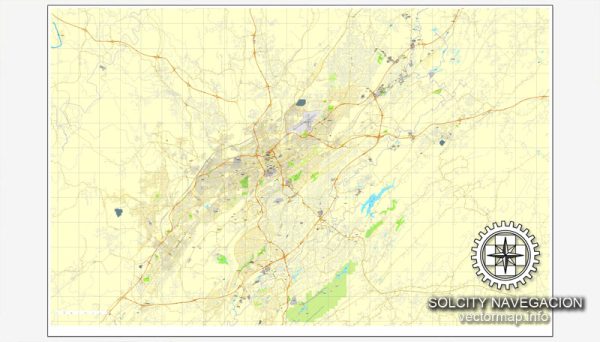
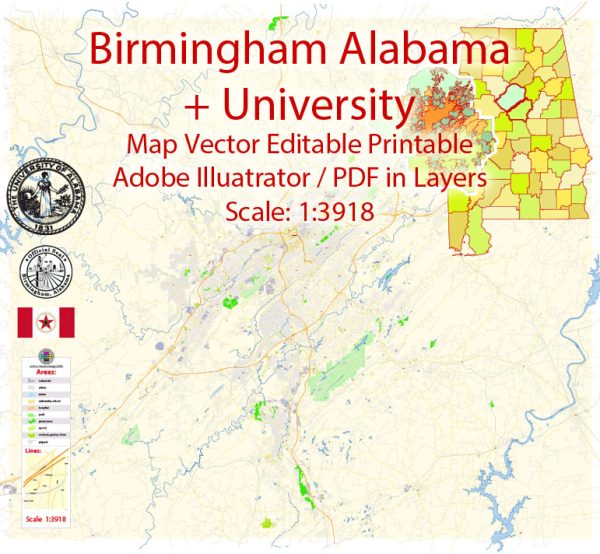
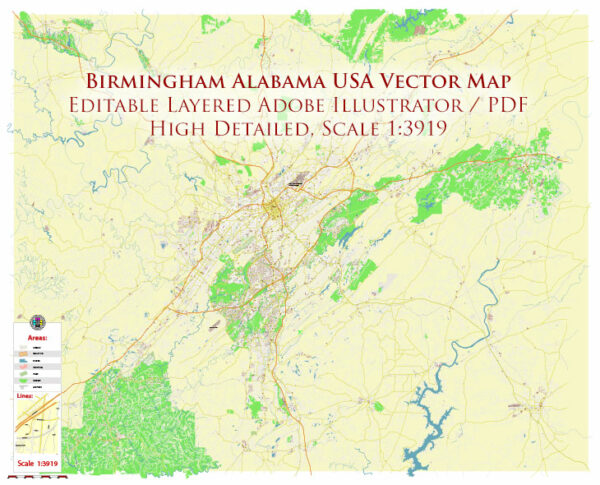
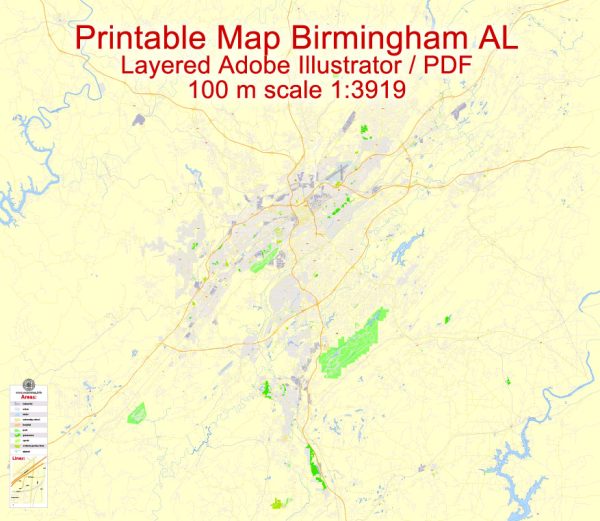
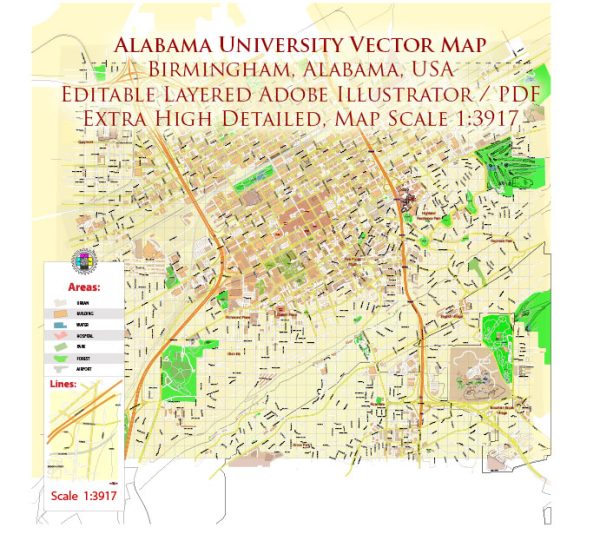
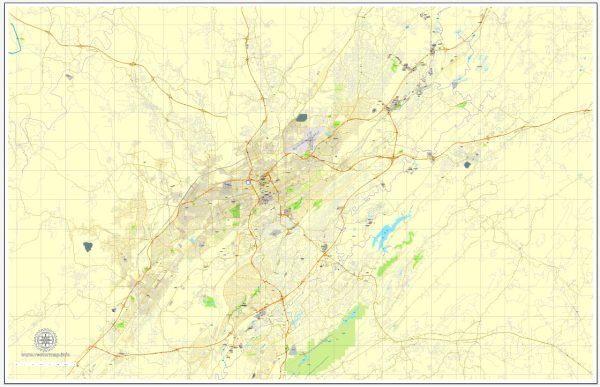
 Author: Kirill Shrayber, Ph.D.
Author: Kirill Shrayber, Ph.D.